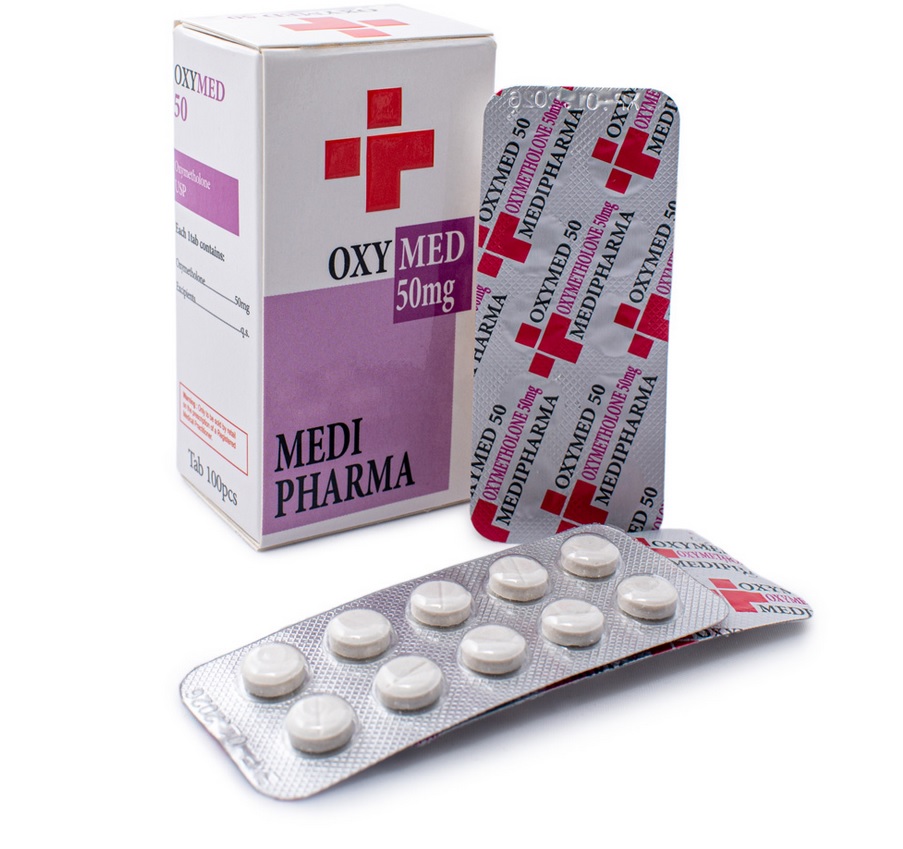In this article, we will delve into the topic of Anadrol, a popular anabolic steroid, and its potential impact on cardiovascular health. Anadrol is known for its muscle-building effects, but it’s important to understand the risks associated with its use, particularly concerning the cardiovascular system.
What is Anadrol?
Anadrol, also known as Oxymetholone, is an oral anabolic steroid commonly used by bodybuilders and athletes to enhance muscle growth, strength, and performance. It works by increasing red blood cell production, protein synthesis, and nitrogen retention. While it can yield impressive physical gains, it is essential to consider the potential adverse effects on cardiovascular health.
The Effects of Anadrol on Cholesterol Levels
One of the major concerns associated with Anadrol usage is its impact on cholesterol levels. Anadrol tends to increase LDL (bad) cholesterol levels while decreasing HDL (good) cholesterol levels. This imbalance can lead to atherosclerosis, the build-up of plaque in arteries, potentially increasing the risk of cardiovascular diseases such as heart attacks and strokes. It’s important to regularly monitor cholesterol levels when using Anadrol and take necessary precautions to mitigate these risks.
Anadrol and Blood Pressure
Another significant risk associated with Anadrol usage is its potential to elevate blood pressure. Anadrol can cause fluid retention and sodium retention, leading to an increase in blood volume and subsequently raising blood pressure. High blood pressure puts extra strain on the heart and blood vessels, increasing the risk of cardiovascular problems. Regular blood pressure monitoring is crucial while using Anadrol, and taking steps to control blood pressure through lifestyle changes or medication may be necessary.
Anadrol, Testosterone, and Cardiovascular Health
Since Anadrol is an anabolic steroid derived from testosterone, it can also impact cardiovascular health through its effect on hormone levels. Anadrol can suppress natural testosterone production and cause hormonal imbalances. Low testosterone levels have been associated with an increased risk of cardiovascular diseases, including heart attacks and heart failure. It is crucial to manage hormone levels effectively and consider appropriate post-cycle therapy (PCT) after Anadrol use to restore natural testosterone production.
Anadrol and Liver Toxicity
Although the focus of this article is cardiovascular health, it’s important to mention the potential hepatotoxicity associated with Anadrol use. Anadrol is a C17-alpha-alkylated compound, making it resistant to breakdown in the liver. Prolonged and excessive use can strain the liver, leading to serious liver damage. Liver dysfunction can indirectly contribute to cardiovascular issues, as the liver plays a crucial role in processing cholesterol and maintaining overall cardiovascular health. It is essential to prioritize liver health and consider regular liver function tests while using Anadrol.
Mitigating the Risks of Anadrol on Cardiovascular Health
While the risks associated with Anadrol usage on cardiovascular health are significant, there are steps you can take to minimize them:
1. Responsible Dosage and Cycle Length
Using Anadrol responsibly by adhering to recommended dosages and cycle lengths can help mitigate potential risks. Avoiding excessive doses and extending cycles beyond the recommended duration is critical to reduce the strain on your cardiovascular system.
2. Regular Cardiovascular Assessments
Regular cardiovascular assessments, including cholesterol level checks, blood pressure monitoring, and EKGs, can help detect any early signs of cardiovascular problems. Consult with a healthcare professional who can guide you through these assessments and offer appropriate advice.
3. Healthy Lifestyle Choices
Adopting a healthy lifestyle with a focus on cardiovascular well-being is crucial. This includes eating a balanced diet, engaging in regular cardiovascular exercise, maintaining a healthy weight, limiting alcohol consumption, avoiding smoking, and managing stress levels. These lifestyle changes can improve overall cardiovascular health and counteract some of the risks associated with Anadrol usage.
4. Post-Cycle Therapy (PCT)
Implementing an effective post-cycle therapy (PCT) after Anadrol use is essential to restore hormonal balance and support natural testosterone production. PCT often involves medications or supplements that can aid in regulating hormone levels and minimize the potential cardiovascular risks associated with the use of anabolic steroids.
Conclusion
While Anadrol may yield remarkable physical gains, it is crucial to understand the potential risks associated with its use on cardiovascular health. Monitoring cholesterol levels, blood pressure, and hormonal balance, as well as prioritizing liver health, can help mitigate these risks. Combining responsible use of Anadrol with a healthy lifestyle and appropriate post-cycle therapy (PCT) will contribute to maintaining a healthy heart while achieving your fitness goals.
Remember, always consult with a healthcare professional before starting any new supplement, and prioritize your long-term cardiovascular health throughout your fitness journey.




